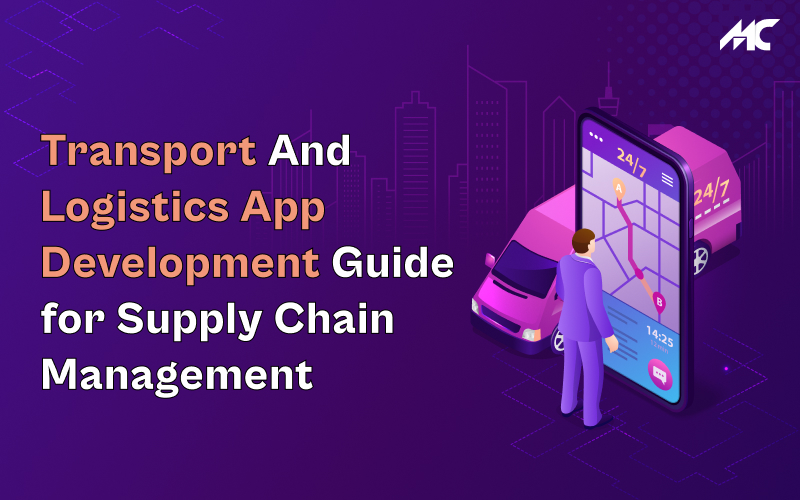Transport And Logistics App Development Guide for Supply Chain Management
A strong supply chain is the backbone of every industry and any malfunction results in hefty losses. This is the case with many businesses in the logistics and transportation industry which face significant losses due to operational inefficiencies. However, they can cope with many challenges with digital transformation and leverage modern-day technologies to interact with customers.
There is rapid growth in the transportation and logistics industry with a CAGR of 17.54% and is expected to reach $77.52 billion by 203o. With a positive growth projection, businesses need to provide better services to customers to stay in the game. Developing transportation and logistics apps provide many advantages to businesses and they can manage operations more efficiently.
Logistics apps remove intermediaries and offer transparency among freight forwarders providing a reliable supply chain. More businesses are shifting to on-demand logistics applications to provide fast and convenient courier and freight services.
- Importance of Logistics App Development
- Benefits of Developing Transportation and Logistics App
- Must-Have Features of a Transport and Logistics App
- How to Develop Transportation and Logistics Mobile App?
- Technologies to Develop Logistics Mobile App
- What is the Cost to Develop a Transport and Logistics App?
- Let’s Summarize
Importance of Logistics App Development
This is the era of technology and customers want every detail of their consignment in real-time instead of waiting days to receive it. They need to know the status of delivery and the estimated time. There comes the role of a logistics app that provides real-time information about the consignment.
You can leverage the app to provide relevant information to your customers and gain their trust. In addition, you can integrate custom features to make the app with the help of a reliable transport and logistics app development company.
Developing a mobile application for transport and logistics can solve many problems for businesses with benefits like better inventory management, enhanced customer experience, automation, paperless documentation, and more.
Examples of Logistics and Transporation Apps
- DHL
- Uber Freight
- UPS Mobile
Benefits of Developing Transportation and Logistics App
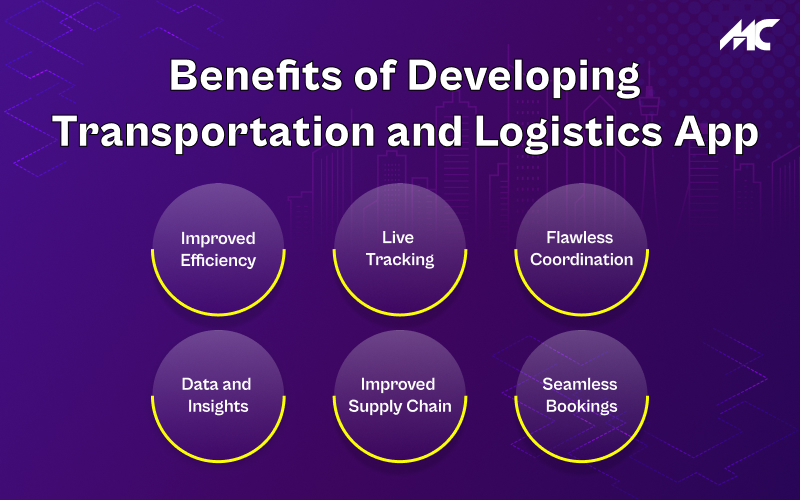

Improved Efficiency
Logistics and transportation mobile apps improve the efficiency of businesses by streamlining diverse operational processes. The mobile apps offer an easy interface to manage various tasks in logistics and transportation. These apps make managing inventories, reducing costs, and scheduling deliveries easy. With proper digital connectivity across systems through mobile apps, they help to avoid errors and inaccuracies.
Live Tracking
Another benefit of transportation and logistics app development is the real-time tracking of various assets. The app lets users get the status of drivers, shipments, and vehicles in real-time. As a result, different stakeholders can maintain accurate information about the delivery and shipment. They can track the goods and get greater transparency which leads to increased trust and reduced delays.
Flawless Coordination
Mobile apps for transportation and logistics are vital for seamless communication between customers, drivers, and shippers. Every stakeholder in the transportation and logistics process needs to be apprised of the action of the others. For example, customers should be notified when their goods are shipped and shippers must be aware of the driver’s status, and so on.
Data and Insights
Another advantage of logistics app development is access to user data for analysis. Businesses can leverage logistics apps to get a vast amount of data that can be analyzed to get insights and find trends and patterns to make the right decisions. The business can get insights into performance indicators, customer behavior, and operational efficiency. As a result, your business can improve customer service and optimize operations.
Improved Supply Chain
Mobile app development for logistics and transportation business helps make a better supply chain with improved processes. The app is useful for integrating different stakeholders, managing inventories, finding the optimum routes, and making deliveries on time. All of this contributes to an improved supply chain, less waste, and reduced costs.
Seamless Bookings
Nowadays, smartphones have become an all-around solution for all of our needs. So, from shopping to banking, everything can be done using smartphones. You can offer the same convenience to your customers with transportation app development. The app will allow users to seamlessly book courier or logistics services within a few taps.
Must-Have Features of a Transport and Logistics App
A logistics app is accessible to three types of users that are admin, customers, and drivers/dispatchers. Hence, there are three panels for logistics app development that define separate interfaces for every type of user.
Let’s check out all the logistics app development features.
Admin Panel
This is the admin interface of a logistics mobile application that is accessible to the app’s admin. The admin can control everything on the app and works on the backend part of the app.
Features on Admin Panel
- Dashboard
A consolidated view of various activities and processes on the app. It shows important information about the drivers and users. An admin can see completed and pending operations.
- Manage vehicles/fleet
The admin interface helps to manage the fleet/vehicles. Whether updating a new vehicle to the fleet or removing the existing ones from the fleet, it’s all possible with this feature.
- Payment management
Invoicing and payment management is another feature that is the control of the admin. From the admin panel, it is created to generate invoices and validate payments.
- Manage drivers
The admin can manage drivers by tracking their activities, pending and completed deliveries, and on-road trips.
Features on Customer Panel
- User Registration
There should be a simple user registration process to allow creating accounts through phone or email. You can also add the option of social media for user registration.
- Manage pick-ups
Customers can book pick-up vehicles immediately or they can pre-book specifying the time, date, and venue of pick-up.
- Select Vehicle
Based on the type of consignment, customers may need different types of vehicles to transport their loads. With the option to select the vehicle, they can book the right vehicle for shipment.
- Shipment tracking
The users of your transport and logistics expect to have shipment tracking features to allow them to track the position of their consignment.
- Price estimation
Your logistics application should offer an estimated fare for shipment to let them know the expected charges.
- Payment options
More features on your transport and logistics app will make it easy and user-friendly. Multiple payment options are one of those features. Make sure your app allows users to make payments via Debit/Credit cards, online banking, digital wallets, etc.
- Push notifications
Your logistics application can leverage push notifications to provide important information to users and ensure engagement.
- Reviews and ratings
Ratings and reviews can help you improve your services and allow customers to provide their feedback.
Features on Driver Panel
- Registration
It allows drivers to register on the app and log in with their credentials.
- Profile management
Drivers can manage their profiles with these features and they add or update their personal details.
- Manage orders
With this panel of logistics applications, drivers can easily accept or reject orders or requests.
- Shipping details
This feature allows drivers to access shipping and freight information like the weight of goods, toll charges, covered distance, shipping location, name, contact number, etc.
- Show availability
With this feature, drivers can show whether they are available or unavailable.
- Route information
It shows the best route to the destination.
- Delivery alert
There should be a way to allow drivers to send alerts when the delivery is completed.
Other Features of Logistics Applications
- Drop off location
- Access to History
- In-app chat/calling
- Multilingual support
- Option to upload documents
- Cancel booking
- View Invoice
How to Develop Transportation and Logistics Mobile App?
Now you know the importance of logistics and transportation app development and must-have features, let’s see how to create a logistics app. Creating a logistics mobile application is a multi-stage process starting with documenting requirements.
The following are the steps for custom logistics app development.
Define Your Requirements
There are different stakeholders in a logistics business including the service provider, drivers, and customers. So, the application varies with the list of features, purpose, and end users. Before heading to any other step, you need to decide the type of logistics you wish to build. There are many logistics app ideas to choose from for your own mobile app.
You can build any of the below apps:
- Fleet management application
- On-demand logistics app
- Warehouse mobile app
Apart from deciding the type of app, you should also decide on custom features, design, and budget.
Hire an App Development Team
Once you have defined all your requirements and set up a budget for the project, look for a mobile app development team to build the application. You need professional developers with experience and knowledge. The developers must be proficient in the latest technologies to create a next-gen logistics mobile app.
Here are the options you have to hire mobile app developers to create a transport and logistics mobile app.
- Local Hiring
These are the developers that are available in your region or country. For example, you can search for developers located in your country or city and hire them for your app development project.
Hiring developers locally offers numerous benefits including seamless communication, matching culture, and real-time response. However, you have limited talent, and hiring developers can be costly in nearby locations.
- Offshore Hiring
Finding a developer in a nearby location can be easy but they can be expensive, especially in regions like Europe, the USA, and Australia. The cost of developing a mobile app in these regions is very high due to high developer rates.
This is the reason most businesses look for offshore developers to create their apps. Offshore hiring gives you access to a global talent pool as you can search for talented developers worldwide. You can then search for developers in regions where hiring rates are cheaper like in India.
For a transport and logistics business located in the USA, Europe, or Australia, offshore mobile app developers are the best deal to build apps.
Discovery and Design
Once you have your development team onboard, the discovery and design is the next phase for your app development. This phase includes UI/UX design for your logistics and transportation mobile app. The development team will analyze your requirements and user needs, and determine the app logic. They will design the user interface to provide the best user experience.
In this phase, the development team will create technical documentation consisting of details regarding the tech stack, project goals, application architecture, etc. A prototype will be created to get feedback and the project advances when everything is good.
Create MVP for your App
The team will develop a Minimum Viable Product or MVP and launch it to test your idea. An MVP is a mobile app with merely the essential features and it’s not a full-fledged version of an app. Hence, MVP offers only basic features that help to validate your idea.
Developing and launching an MVP can save you a large sum of money by verifying if users really like the concept of your mobile app. An MVP cost you much less than a fully-fledged app, so you can assure of the success of an app before pouring in more investments.
Develop Backend and Add Other Features
Your transport and logistics app requires APIs and databases to interact with other systems and manage user information. Backend development includes creating all the parts of your mobile app that are hidden from the users. The development will choose the right database and server technology.
They will integrate the right APIs for your app to function across different systems and platforms. The team can use external or third-party APIs to integrate additional functionality like GPS, maps, languages, etc.
Quality Assurance and Publish
Quality assurance is the final phase of the logistics app development process and the app is published on the App Store or Google Play Store or both after this. In the quality assurance process, the QA team tests the application on different parameters to ensure it meets the desired standards and quality.
For example, under functionality testing, the team makes sure that all the functions of the mobile app are running normally. They make sure that menu, navigation, buttons, and other things are working fine without showing any unexpected behavior. It is an automated process.
Technologies to Develop Logistics Mobile App
Frameworks
- React Native
- Flutter
- Ionic
Languages
- Java
- JavaScript
- Dart
- Kotlin
- Object-C
- Swift
Dev Tools
- Android Studio
- Xcode
- Android SDK
- Visual Studio Code
- Android Debug Bridge
- Gradle
Databases
- MySQL
- MongoDB
- PostgreSQL
- SQLite
- Microsoft SQL Server
- Cassandra
Platforms
- Android
- iOS
- Hybrid Apps
- Web Apps
- Cross-platform Native Apps
Advanced Technologies to Build Logistic Apps
Many advanced technologies are here to create more complex and feature-rich logistic applications. Before you look for logistic app development services, you must check the latest technologies to choose them for your app.
- Blockchain
- Chatbots
- Artificial Intelligence
What is the Cost to Develop a Transport and Logistics App?
The cost of logistics app development can vary based on its features, complexity, and many other factors. There is no straightforward answer to the cost of a mobile application.
One of the determining factors in cost is the target platform. It means the cost will vary depending on whether it is a native app, cross-platform, or web app.
However, the average cost of mobile app development can be estimated based on the major factors. One of those factors includes app complexity and type.
The following is the average cost of different types of on-demand logistics apps.
- The cost of developing a simple transport and logistics app is $10,000 – $50,000.
- For a mid-level complex mobile app, the cost is between $50,000 – $120,000.
- A highly complex on-demand logistics application can cost more than $150,000 which could rise with features and expectations.
Let’s Summarize
Today, customers expect to interact with businesses through digital modes with the rising influence of smartphones on people. They seek the convenience that mobile apps offer. Transportation and logistics businesses can leverage applications to streamline their operations and enhance customer experience. For businesses, a logistics application can manage shipping, drivers, and path. Customers can easily book logistics services.
You need the right development team to create a logistics app with cutting-edge features. MobileCoderz has years of experience in mobile app development and has created apps for numerous industries including Logistics, Healthcare, Travel, Fintech, and more.
Our professional mobile app developers have worked on complex projects and built top-notch solutions for clients. You can contact us to discuss your project requirements and develop a custom logistics and transport mobile app.
-

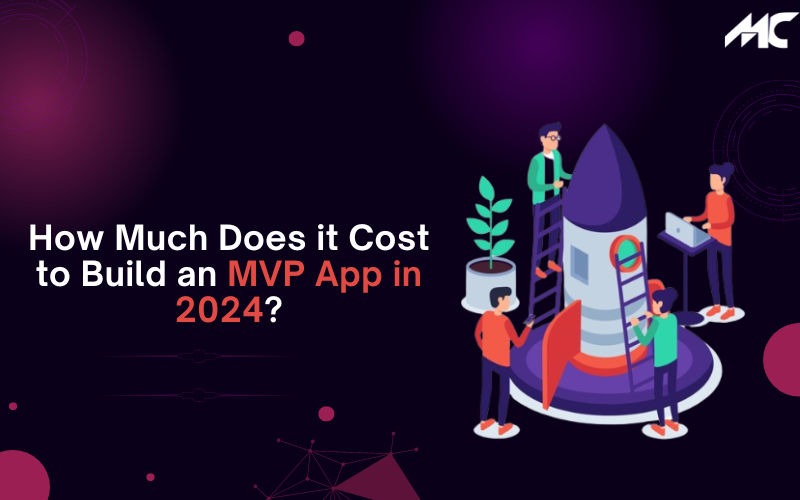 How Much Does it Cost to Build an MVP App in 2024?
How Much Does it Cost to Build an MVP App in 2024? -

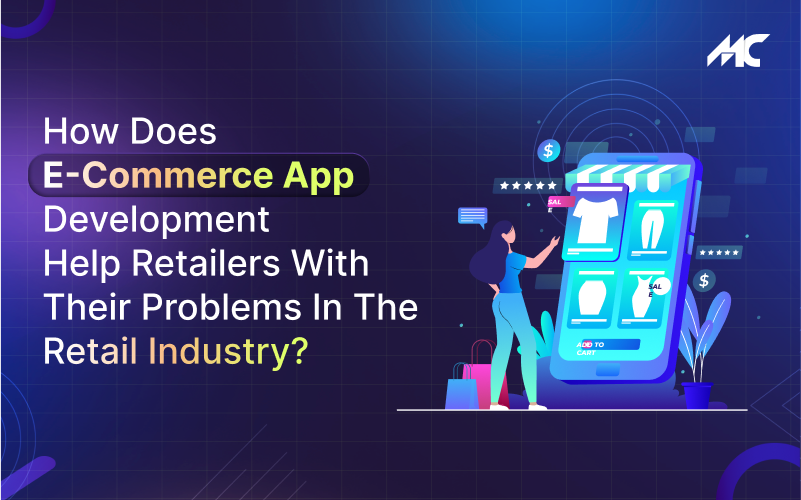 How Does E-Commerce App Development Help Retailers With Their Problems in the Retail Industry?
How Does E-Commerce App Development Help Retailers With Their Problems in the Retail Industry? -

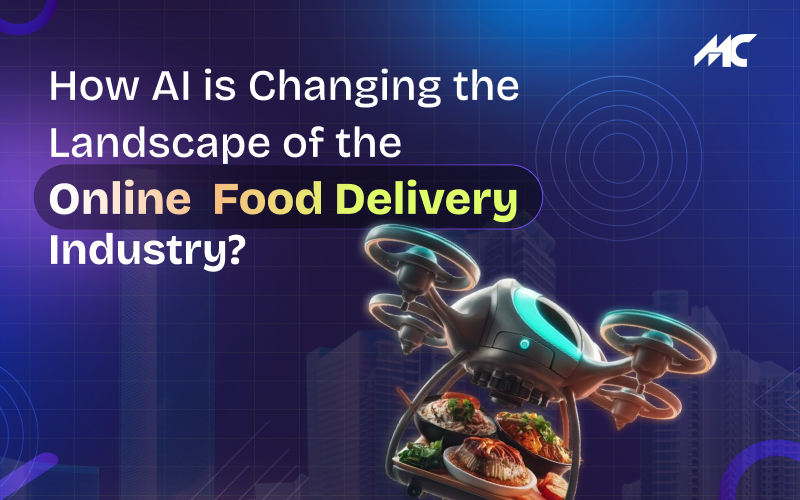 How AI is Changing the Landscape of the Online Food Delivery Industry?
How AI is Changing the Landscape of the Online Food Delivery Industry?



